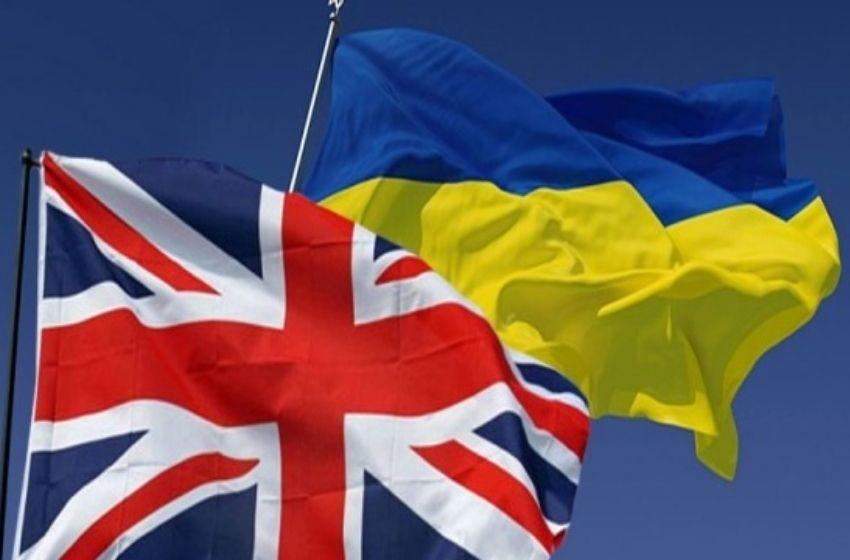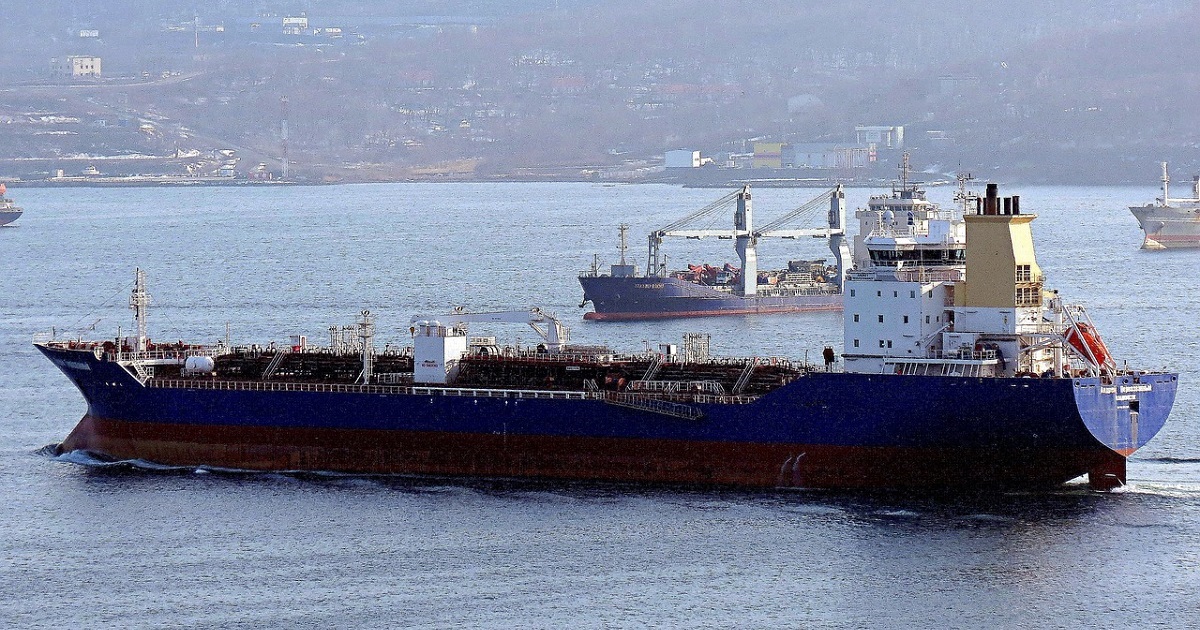Today, Ukraine is the UK’s 69th largest trading partner, accounting for 0.1% of total trade. Total trade in goods and services between the UK and Ukraine was £1.5 billion in 2019. An analysis of past figures may help to identify future trade trends and which sectors will benefit more.
Trade between the UK and Ukraine
In 2019, UK exports to Ukraine were £0.7 billion, making it the UK’s 71st largest export market (accounting for 0.1% of all UK exports). UK imports from Ukraine were £0.8 billion, making it the UK’s 66th largest import source (accounting for 0.1% of all UK imports).
Table 1: Trade between the UK and Ukraine, 2019 (£ billion)
| Trade between countries | Trade in goods | Trade in services | Total trade |
|---|---|---|---|
| UK exports to Ukraine | 0.6 | 0.2 | 0.7 |
| UK imports from Ukraine | 0.6 | 0.2 | 0.8 |
| Total trade | 1.2 | 0.3 | 1.5 |
(Totals may not sum due to rounding)
Using data from UK Trade official website for trade in goods only, Table 2 shows that, in 2019, the top goods exported to Ukraine were vehicles other than railway or tramway rolling stock (£78 million) and aircraft, spacecraft and parts thereof (£77 million), together representing under a third of the total value of goods exported to Ukraine. The UK’s top goods imported from Ukraine were iron and steel (£177 million) and cereals (£173 million), together representing over half of goods imported from Ukraine.
Table 2: Top 5 UK goods exports to and imports from Ukraine 2019 (£ million)
| Top 5 UK goods exports to Ukraine | Value | Top 5 UK goods imports from Ukraine | Value |
|---|---|---|---|
| Vehicles other than railway or tramway stock | 77.9 | Iron and steel | 177.14 |
| Aircraft, spacecraft, and parts thereof | 76.6 | Cereals | 172.6 |
| Machinery and mechanical appliances | 67.0 | Animal or vegetable fats and oils | 70.6 |
| Pharmaceutical products | 58.0 | Oil seeds and oleaginous fruits | 34.9 |
| Other made up textile articles; sets | 37.3 | Residues and waste (food industries) | 17.4 |
Source: HMRC trade statistics by commodity code (as at 15 September 2020).
Table 3 shows that, in 2019, travel services and other business services were the largest UK service sectors exported to Ukraine (both £37 million). These two service sectors were also the largest import services from Ukraine, with other business services valued at £62 million and travel services valued at £54 million in 2019.
Table 3: Top 5 UK services exports to and imports from Ukraine, 2019 (£ million)
| Top 5 UK service exports to partner, 2019 | Value | Top 5 UK service imports from partner, 2019 | Value |
|---|---|---|---|
| Travel | 37 | Other Business Services | 62 |
| Other Business Services | 37 | Travel | 54 |
| Government | 19 | Transportation | 14 |
| Personal, Cultural and Recreational | 10 | Telecommunications, computer and information services | 14 |
| Transportation | 9 | Government | 5 |
Office of National Statistics data is recorded on a ‘Balance of Payments’ or ‘change of ownership’ basis, where a good or service leaving (entering) the economic territory of a country is recorded as an export (import) only if it has changed ownership between the resident of the reporting country and non-residents. Goods exports (imports) are recorded by HMRC if a good physically leaves (enters) the economic territory of a country.
Economic impact of the existing EU Free Trade Area
The EU-Ukraine Deep and Comprehensive Free Trade Area (DCFTA) is the main economic pillar of the EU-Ukraine Agreement. DCFTA entered into force in 2017, after being provisionally applied since 2016.
A 2018 European Commission report looking at implementation of EU free trade agreements included information on the EU-Ukraine DCFTA. It highlighted that total trade in goods between the EU and Ukraine increased by 24% between 2016 and 2017. Ukraine’s trade with the world increased sharply in 2016. However, Ukraine’s trade with the EU increased at a faster rate than its overall trade in 2016.
Experts estimated that an extended EU-Ukraine free trade agreement (“FTAâ€) would result in additional 5.3% in the long run. This was expected to reinforce existing trends in trade flows and lead to gains for the sectors with a comparative advantage in both economies. In Ukraine, this applies to processed foods, agriculture, and various other goods sectors. In the EU, the growth in income was expected to be spread over a wide range of sectors. While the relative estimated potential economic gains were expected to be higher in Ukraine, the EU’s gains were expected to be larger in absolute value, with overall gains in real income of around $8.5 billion.
Complete Policy Paper: Continuing the United Kingdom’s trade relationship with Ukraine





















